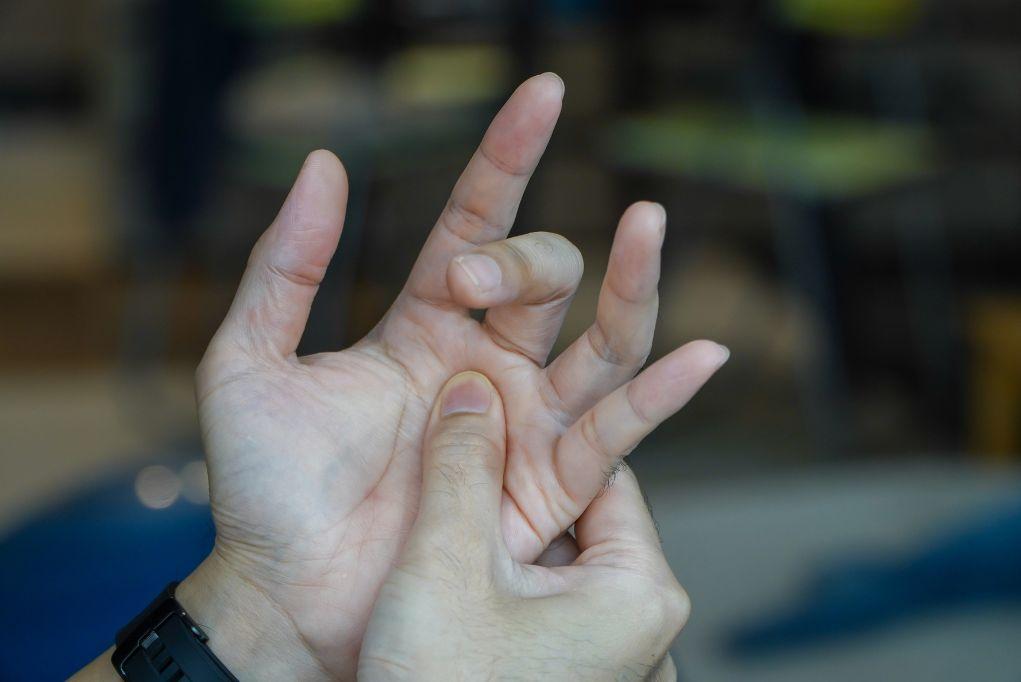Knee Injuries: Prevention and Treatment Options
Knee injuries can occur unexpectedly, disrupting our lives and casting a shadow over our activities. Whether we’re jogging through a park or going on a hike with friends, our knees are a crucial part of our mobility. Knee injuries range from minor strains to more serious ligament tears or fractures, each with unique challenges.

Common Causes of Knee Injuries
Knee injuries can happen in various environments, from everyday spaces where people might stumble over obstacles to more hazardous locations prone to falls and mishaps. The knee, being a complex joint tasked with bearing the body’s weight, is especially susceptible to injury during physical exertion. Below are some typical triggers of knee injuries:
- Falls, Trips, and Slips: Slipping and falling on slippery surfaces or uneven ground can result in various knee injuries, including fractures, dislocations, and ligament sprains.
- Overexertion: Repetitive motions such as bending, twisting, or lifting heavy objects can put excessive strain on the knee joint, causing overuse injuries.
- Repetitive Motion: Tasks that involve continuous knee movements, such as kneeling, squatting, or climbing, can cause inflammation and damage to the knee joint over time.
- Poor Ergonomics: Standing in awkward positions for prolonged periods can cause strain on the muscles and ligaments around the knee.
Types of Knee Injuries
Knee injuries can manifest in numerous forms, each varying in severity and implications for the affected individual.
Sprains and Strains
Knee sprains and strains occur when the ligaments or muscles around the knee are stretched or torn. These injuries can happen due to sudden twisting movements, overuse, or impact. Sprains happen when the ligaments are stretched beyond their normal range of motion, leading to tears. Strains occur when muscles or tendons around the knee are overstretched, causing micro-tears.
Meniscus Tears
The meniscus is a C-shaped cartilage that cushions and stabilizes the knee joint. It can tear due to direct impact, such as during a fall, or from repetitive movements over time. Meniscus tears can be minor or severe, depending on the extent of damage and location. A meniscus tear may cause pain, swelling, stiffness, and difficulty bending or straightening the knee.
Fractures
A fracture is a break in one of the bones that make up the knee joint. These can be caused by falls, accidents, or repetitive stress on the bones. Knee fractures can range from small cracks to complete breaks and may require surgery depending on severity.
Ligament Injuries
The knee has four main ligaments – the anterior cruciate ligament (ACL), posterior cruciate ligament (PCL), medial collateral ligament (MCL), and lateral collateral ligament (LCL). These can get strained, partially torn, or completely ruptured due to sudden impacts or overuse. Ligament injuries can cause severe pain, instability, and difficulty walking.
Prevention Strategies
Preventing knee injuries is essential for maintaining overall health and well-being. Here are some effective prevention strategies:
- Proper Training: Everyone should receive training on correct lifting methods, ergonomic principles, sports safety, and other precautions to reduce the likelihood of knee injuries.
- Regular Breaks: Incorporating regular breaks into daily routines can prevent overuse injuries and provide necessary rest for the knee joints.
- Ergonomic Adjustments: Ensuring that workstations and equipment are ergonomically optimized helps minimize strain on the knees.
- Exercise and Stretching: Engaging in regular exercise and stretching routines strengthens the muscles surrounding the knee joint, lowering the risk of injury.
Treatment Options
Effective treatment of knee injuries is essential for ensuring a speedy recovery and preventing long-term issues that could impact an individual’s ability to perform everyday duties. The treatment approach depends on the type and severity of the injury. Prompt and appropriate treatment may include rest, ice, compression, and elevation (RICE), physical therapy, medication for pain and inflammation management, and, in severe cases, surgical intervention. It’s crucial to consult with a healthcare professional to determine the most suitable course of action for each specific knee injury.
Immediate Care
Immediate care for knee injuries begins with the R.I.C.E. method — rest, ice, compression, and elevation — to manage pain and swelling in the initial stages. This approach is particularly effective for minor injuries. However, it’s crucial to seek a professional medical evaluation for more severe cases. A healthcare provider can assess the extent of the injury and recommend the appropriate next steps for treatment, ensuring a tailored approach to recovery based on the specific damage to the knee.
Advanced Treatment Options
For severe knee injuries, advanced treatments are crucial for recovery. Physical therapy uses exercises and pain management techniques to strengthen and restore knee function. Moreover, occupational therapy can help individuals improve their movement. When necessary, surgical interventions such as arthroscopy, ligament reconstruction, or knee replacement can also be considered.
Treat Knee Injuries With Motion Orthopaedics
At Motion Orthopaedics, we recognize the impact knee injuries can have on your health, overall wellness, and daily activities. From the initial evaluation and diagnosis to advanced treatment options and rehabilitation, we are dedicated to guiding you through your recovery journey. Don’t let a knee injury hinder your mobility. Start your path to recovery by booking an appointment with Motion Orthopaedics today.




